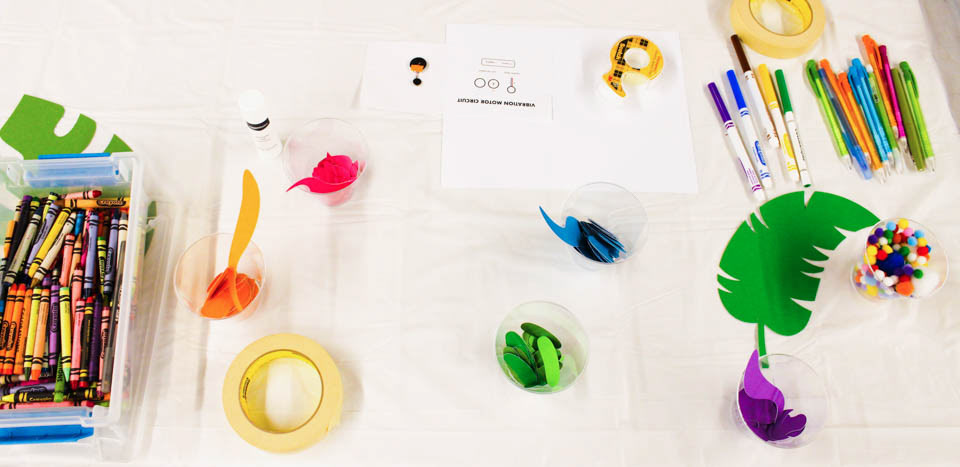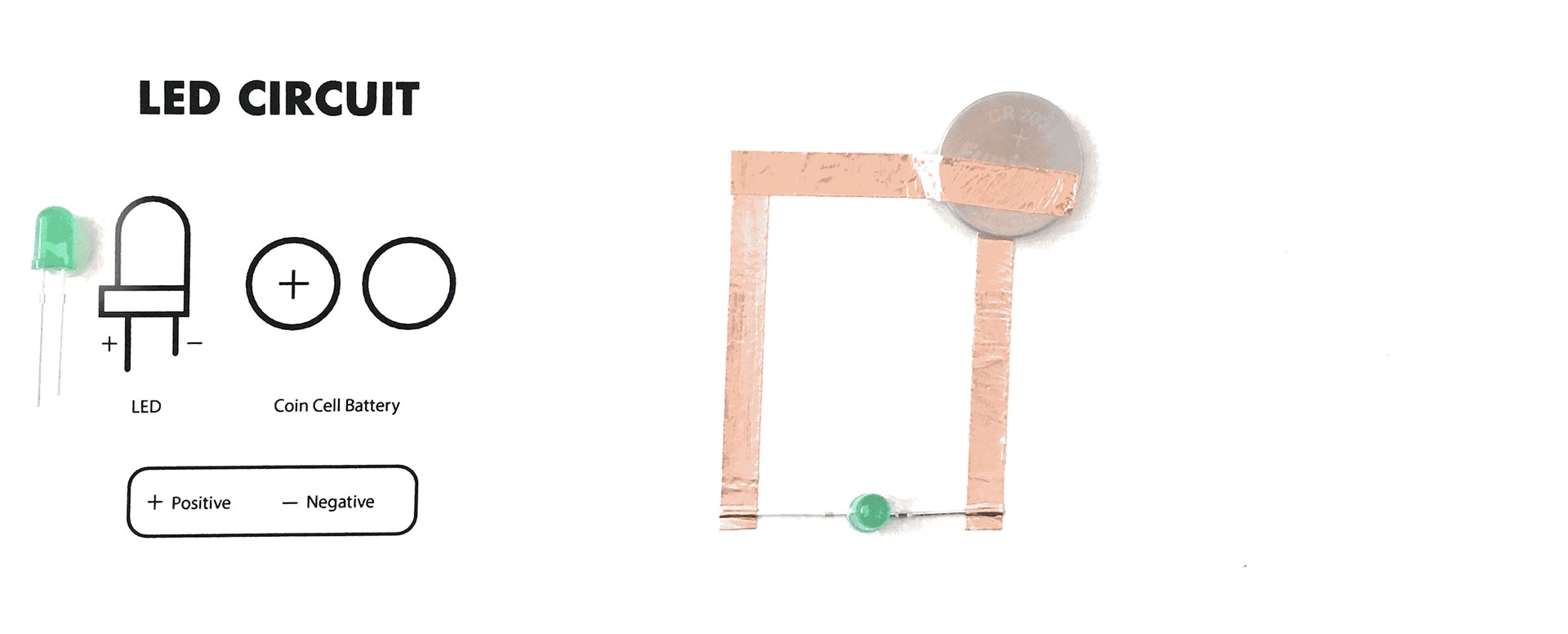Tinker Forest is a collaborative mural of light-up creatures and vibrating motors made from simple electronics and craft materials for Maker Faire Denver 2018.


Background
I worked as an Undergraduate Research Assistant in the Creative Communities research group based out of the Information Science department at the University of Colorado Boulder. Our research group explores how to engage people in creating, playing and learning together. As a part of my research group, I worked alongside Mariana Tamashiro to plan and implement a booth - Tinker Forest - for the Fall 2018 Maker Faire Denver expo.
Planning the Tinker Forest booth involved designing the learning experience, arranging the booth set-up, creating supplemental material, coordinating and training facilitators, and communicating with Maker Faire Denver. Throughout the design and implementation of this booth, we centered the learning experience around our main goal of creating a collaborative environment which encouraged people to make and share together.


Space Design
When arranging the booth, we wanted to create a welcoming space for people to work on their projects. In oder to create a safe safe with ample work space, we arranged 4 tables into an "L" shape. We also spent time creating decorations to make the space feel both "tinker-able" and like a "forest." For these reasons, we spent time cutting out paper leaves, designing the mural and arena, and creating a sign. The forest floor arena as well as the forest vine mural also played important roles in creating a collaborative experience. We placed the arena towards the font of of our space and the mural on the wall behind our space in order to promote the collaborative nature of our work.



Learning Experience
Designing the learning experience involved creating our own prototypes and the user testing the initial learning experience. The final iteration of for the booth involved four basic electronic materials (LEDs, Vibration Motors, Copper Tape, and 3V Coin Cell Batteries) along with a plethora of craft supplies (construction paper, cut-out shapes, pom poms, pipe cleaners, glue sticks, masking tape, etc.).


Informational Material
When people walked up to our booth we wanted people to understand two main components of our booth: 1) Who are we? 2) What are we creating?
In order to answer these questions, we created a brief informational flyer about our research group with a link to our group's website. On the website, there is a post detailing the materials we used and further instructions for paper circuit activities. We hoped our booth experience would engage people in the possibilities of creating with technology insofar as people (educators, families, creatives, etc.) would continue to explore with materials outside the context of Maker Faire.
Informational flyer explaining our research group and our Maker Faire activity (By: Andrea DeVore)
Physical Schematics
Since our research group strives to engage a large range of people in creative experiences with technology, we created supplemental physical schematics and half-baked examples to guide the creation process. The physical schematics served to explain how to create a simple circuit using LEDs, Vibration Motors, Copper Tape, and Coin Cell Batteries, and the half-baked examples served as range of example projects using these electronics. In creating these supplemental materials, we hoped to inspire a range of ideas beyond our own examples.


Physical schematics explaining how to build a vibration motor and LED circuit (By: Andrea DeVore)
Training Facilitators
For Maker Faire Denver, we recruited students within and outside our research group to help facilitate the activity. This involved recruiting people in classes as well as coordinating meeting dates and transportation to/from the event. To clarify our group's goals, train the facilitators, and relay important event information, we also created a brief facilitator guide.
To learn more about the learning experience, please visit Creative Communities' blog post on Maker Faire.